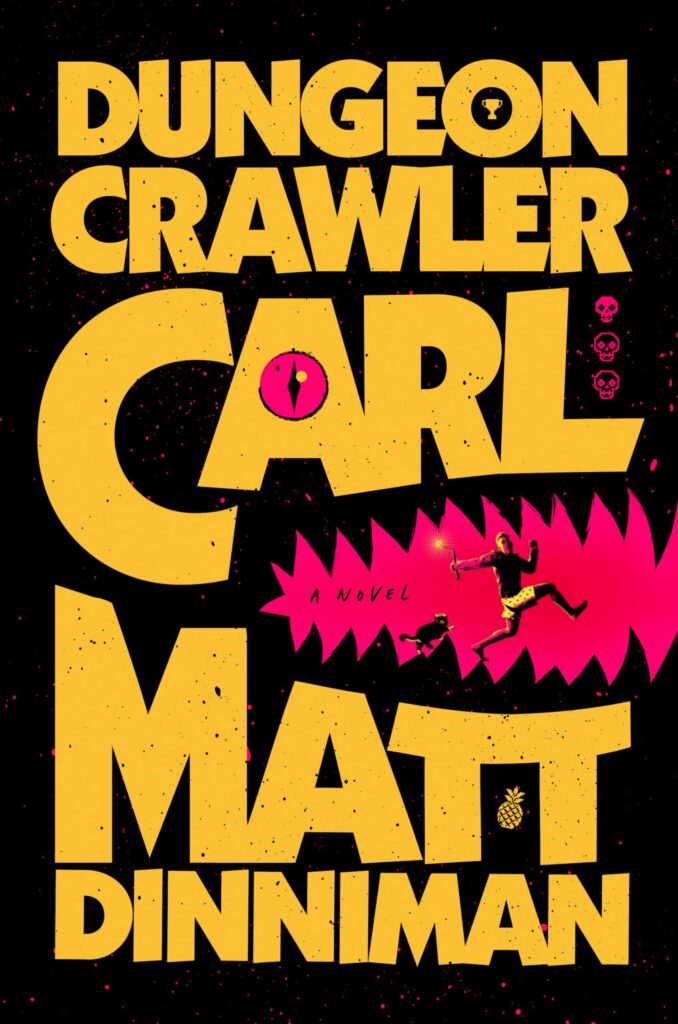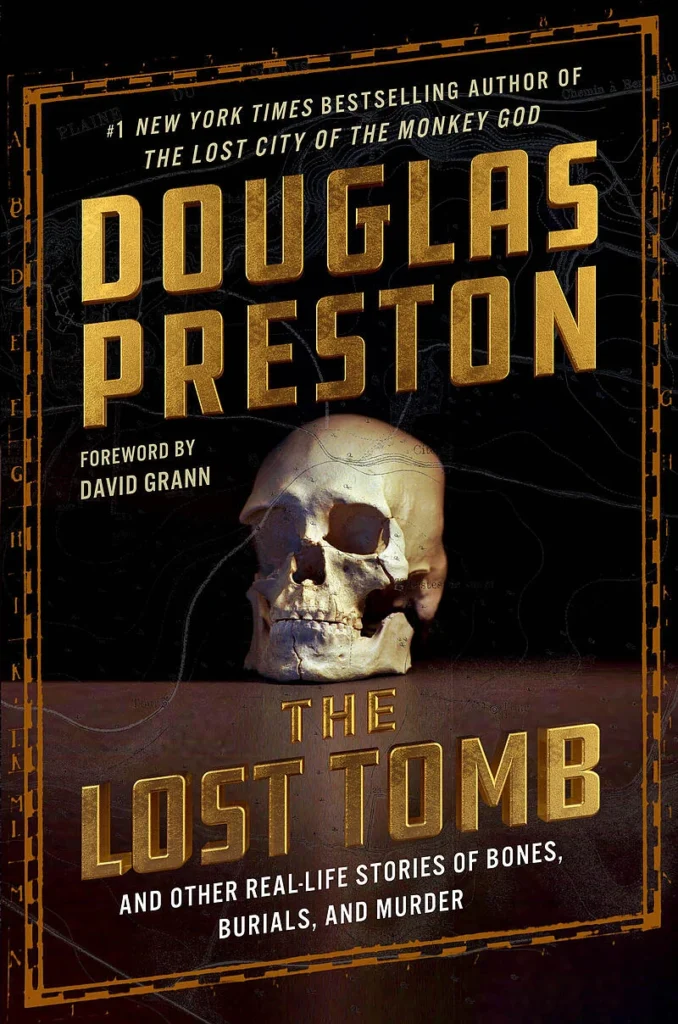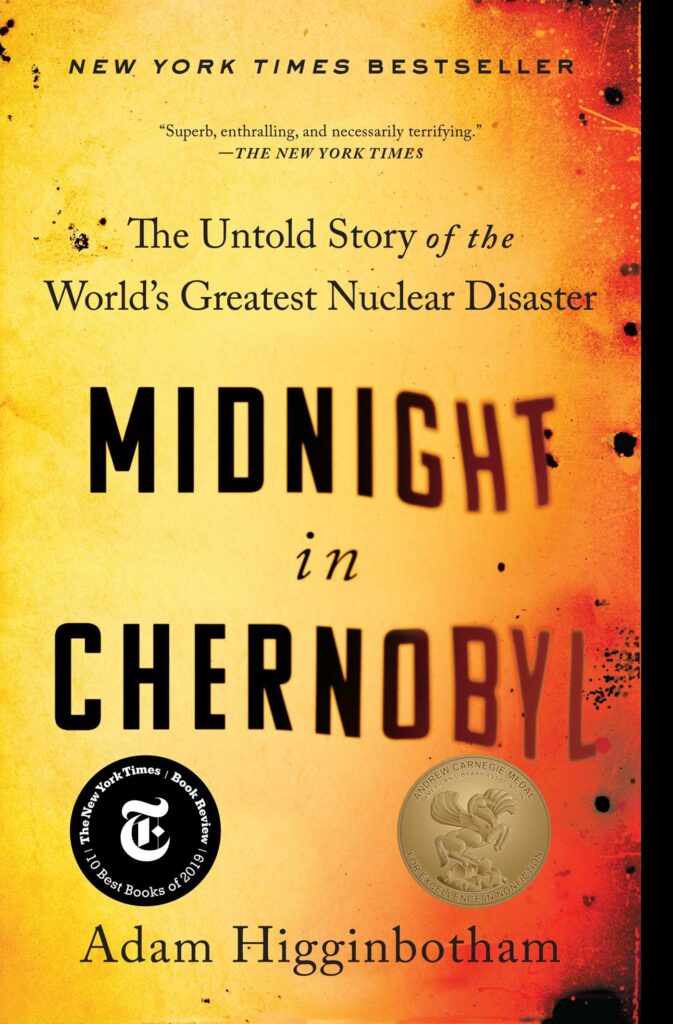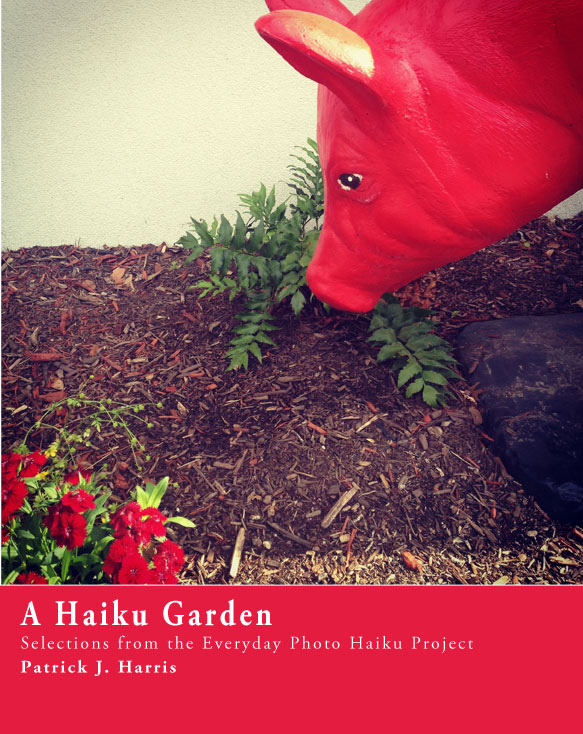
“You’re the main character of your story,” works well as a general lesson of self empowerment and a foundational aspect to role playing games (RPGs) such as Dungeons and Dragons. Literary RPGs take the other components of RPGs–combat and magic systems, creatures and quests–and weaves an adventure in narrative form.
Matt Dinniman’s Dungeon Crawler Carl series might be the best example of the genre, now on its seventh book. Carl and his ex-girlfriend’s cat, Donut, survive an alien invasion only to be thrust into a galactic survival game show with a sprawling cast of alien species and mythical monsters. As Carl and Donut progress through the dungeon, they level up with gear and magical items. What Dinniman brings to the genre is well executed humor, drama, and pathos.
Those well versed in pop culture will be rewarded as monsters and gear are referenced as the series progresses, sometimes with twists or subversive elements. There’s a reason for this, too, revealed in one of the books.
As the books progress, Carl encounters a different game being played in each level of the dungeon. Most of the time these plot devices work, but book 3, The Dungeon Anarchist’s Cookbook, involves a convoluted maze of trains, inordinate exposition is required to finish the story thus weakening the book. And that book pulls in numerous plot threads that come together in later books.
And with each level, the cast expands, a broader story of political intrigue grows, and existential themes of life, love, justice, compassion, and economic systems are brought to life in uncanny ways. A mentor acts as a guide but is an indentured servant to a brutal corporation. A Jurassic Park like dinosaur and the responsibility of fatherhood. A foul mouth head of a sex doll that exemplifies toxic relationships. A teenage girl that can command dogs but not her own trauma. And Carl, for all his John McClain gravitas, struggles to keep his humanity.
Are you getting Pulitzer Prize writing? No. But are you getting an escapist read that’ll distract you from real life?
Yes.
- Book 1: Dungeon Crawler Carl
- Book 2: Carl’s Doomsday Scenario
- Book 3: The Dungeon Anarchist’s Cookbook
- Book 4: The Gate of the Feral Gods
- Book 5: The Butcher’s Masquerade
- Book 6: The Eye of the Bedlam Bride
- Book 7: This Inevitable Ruin



